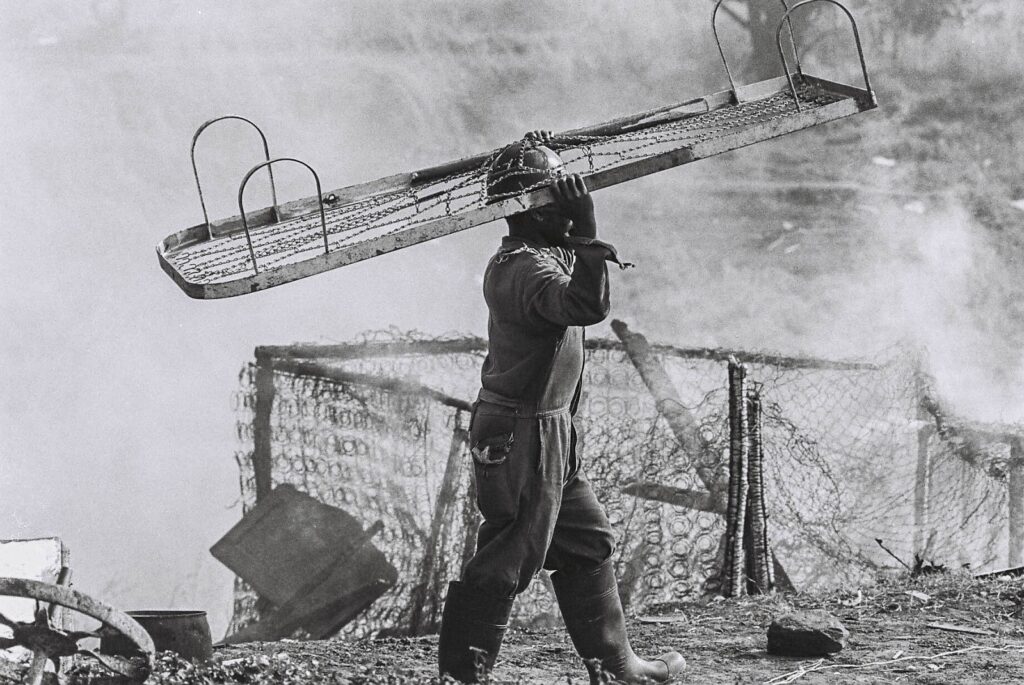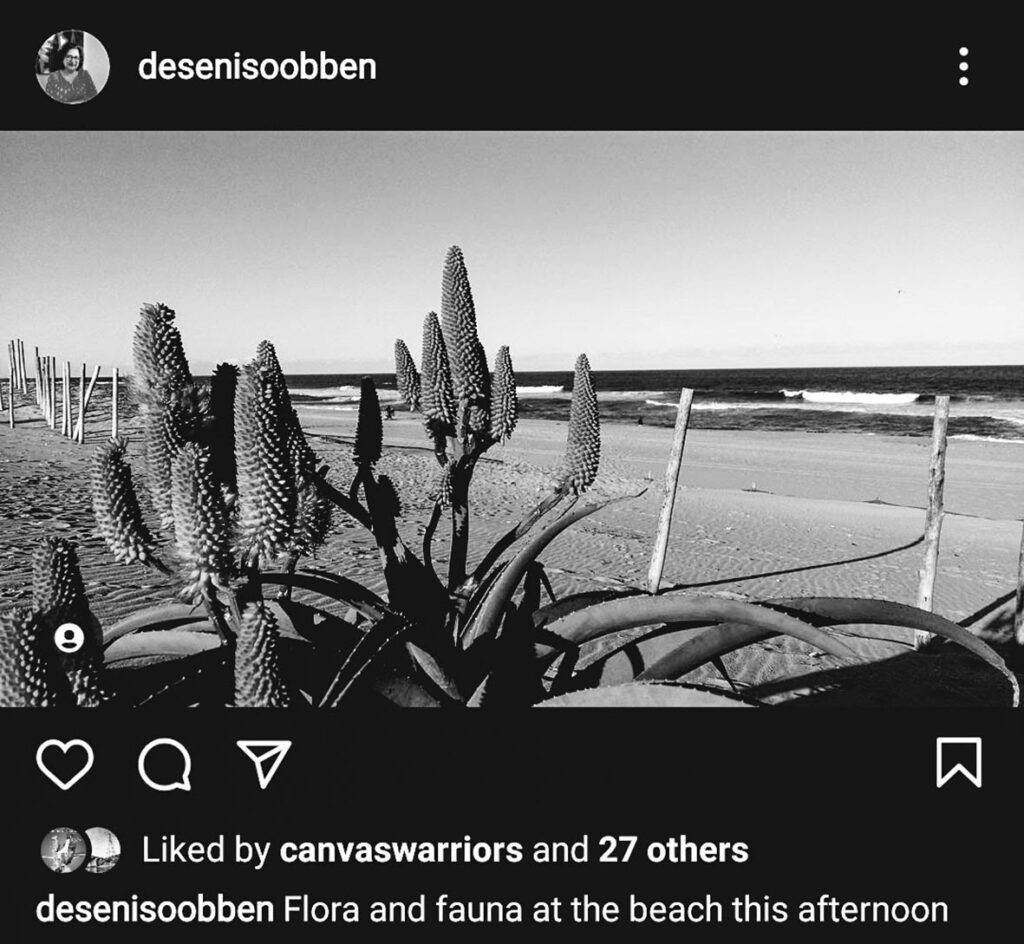Deseni Soobben says that being a woman helps her to build trust with her subjects, for example, in her forced removals series. ( Photos: Deseni Soobben)
When you last wrote for us, you described how women were most gravely affected when it came to forced removals, because of the home-keeping duties they had to perform. Was the fact of you being a woman helpful in terms of getting easier access to telling this story?
Yes, it isn’t something that I thought about, but it probably helped being a woman. I think you’re right: it was easy to gain access to many situations. There always seemed to be an element of trust with the subjects.
At Afrapix, we all worked well together and our aim was to get the pictures out. I don’t know if much is written about Concord? There was a group of journalists working there [at Concord] (which probably had a similar set-up as Afrapix, covering stories for alternative news sites). Fred Khumalo, Sipho Khumalo and Christina Scott are a few of the names. The Afrapix Collective worked closely with Concord. Rafs Mayet reminds me that the weekly meetings were held at the Technikon Natal’s journalism department under Clive Emdon.
How did the attitude of the authorities affect the type of images you took and the way you took them?
 An image frrom the forced removal series. (Deseni Soobben)
An image frrom the forced removal series. (Deseni Soobben)
Quite often we worked under the radar. There was one incident that was scary — during the state of emergency. Christina Scott and I were in KwaNdengezi, Pinetown, covering a funeral and a police Casspir turned up. Christina being Christina, asked me to step back, out of the way, and she talked and talked her way out of it.
I was terrified. She could have easily been thrown into a police van and taken away. Fortunately, we already had the stories and the photos. The photo of the mourner at the funeral [which I got that day], was exhibited at the Nelson Mandela Foundation. The effect on my style was that you worked to get the pic as soon as you could, with not much time for deliberation, because you don’t know what the next moment would bring — being accurate while working quickly.
How do these experiences influence your teaching? And what are the marked differences in terms of what students are interested now, as opposed to when you were their age?
One of the assessments for photojournalism is a photo essay. So students have to take eight to 10 photos of a particular subject or theme, write about the subject or theme and submit it for assessment. I always say to students that they do not have to venture far to find a story. Sometimes what students find “mundane” can be turned into a photo essay.
I find that, now, students focus on service delivery or the lack of service delivery around their homes, lack of water resources in rural areas, poor infrastructure in roads in rural areas, poor housing conditions, waste and trash collection, poor sanitation, informal settlements … the list is endless.
Having entered the photography field at the time that you did, how would you say your technical abilities have developed, and what sort of subject matter are you drawn to now?
 Soobben also enjoys cellphone photography, and photographing nature.
Soobben also enjoys cellphone photography, and photographing nature.
I would love to work with a project relating to rural or urban women. I think that the technical skills that we learn (with black and white as well as colour) remain and still form the basis of whatever I photograph.
Decades later, I find that the teachings of Obie Oberholzer, Patrick McGee, Malcolm Lyle and Vernon Hoover provided the excellent foundation we had at the former Technikon Natal, now the Durban University of Technology.
Oberholzer loved wide angles, composition, bright colours, contrast in composition, nature, portraits. McGee has technical skills and precision in the studio. Hoover had excellent technical skills pertaining to black and white and also colour printing. I drew on Lyle’s photojournalism skills and excellent black and white printing technique.
I always go back to the composition and design that work for me. Although I do have a Nikon digital camera, I also enjoy using my cellphone camera. I am drawn to photographing nature and portraits.
Three of Soobben’s photographic works are being featured alongside South African photographer Zanele Muholi’s collection at the Tate Gallery in London, under the theme How Muholi is affirming beauty. The exhibition runs until the end of March